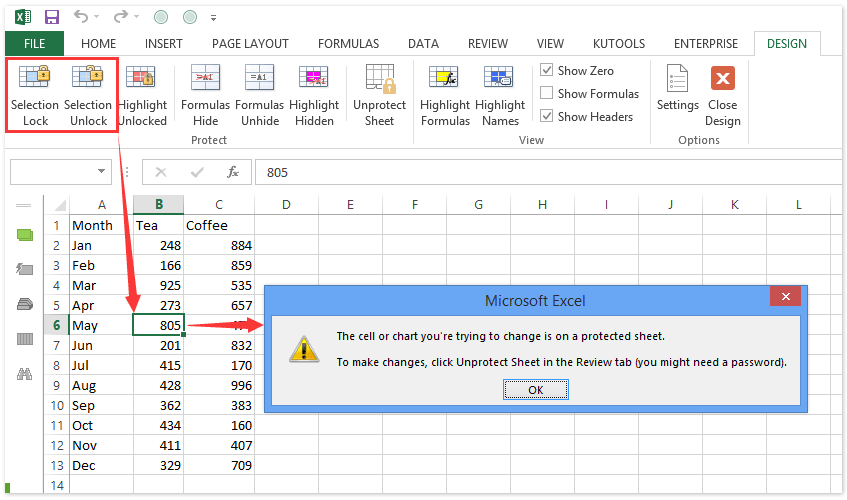Lock Excel Sheets Securely in Minutes

Securing your Excel worksheets is a vital step in maintaining the integrity of your data, especially if you work in a collaborative environment or share your files online. Whether it's financial models, confidential reports, or personal databases, locking Excel sheets ensures that your data remains untampered and sensitive information stays confidential. Here’s a detailed guide on how to lock Excel sheets securely in just minutes.
Why Lock Excel Sheets?

Before diving into the “how,” let’s understand the “why.” Locking Excel sheets:
- Prevents unauthorized edits: Only users with the password can modify the document.
- Ensures data integrity: Critical formulas or data remain unchanged unless intended.
- Protects sensitive information: Keeps confidential data safe from prying eyes.
- Maintains data consistency: In collaborative settings, it avoids unwanted alterations.
How to Lock an Excel Sheet

The process of securing an Excel sheet is straightforward. Here’s how you can do it:
- Select the Range You Want to Protect: Click and drag to select the cells you want to lock. For securing the entire worksheet, skip this step.
- Open the Format Cells Dialog: Right-click on the selected cells and choose “Format Cells,” or press Ctrl + 1.
- Activate Cell Locking:
- Go to the ‘Protection’ tab.
- Check ‘Locked.’ Note that this won’t immediately lock the cells; it only prepares them for protection.
- Protect the Sheet:
- From the Review tab, select “Protect Sheet.”
- Enter a password (optional but recommended for higher security).
- Choose what users can do with the sheet. For full protection, leave all options unchecked.
- Click ‘OK’ and confirm the password.
🛡️ Note: Excel uses weak encryption for passwords, so while it's a barrier, it's not unbreakable. Use additional security measures like encryption tools for highly sensitive data.
Unlocking an Excel Sheet

If you need to unlock the sheet later:
- From the Review tab, click ‘Unprotect Sheet.’
- If you set a password, enter it and confirm.
Best Practices for Excel Sheet Protection

To ensure your Excel sheets are as secure as possible:
- Use strong, unique passwords: Avoid common words, include numbers and symbols.
- Limit access: Only give editing permissions to those who need it.
- Back up regularly: Protect your work by saving copies in secure locations.
- Be cautious with macros: Disable macros if they’re not needed to prevent unauthorized code from running.
By following these steps and best practices, you can maintain the security and integrity of your Excel data. While Excel's built-in protection is a good starting point, always consider the sensitivity of the data you're dealing with and employ additional security measures when necessary.
In closing, securing your Excel sheets is an important part of data management, especially in collaborative settings. Whether it’s financial records, client information, or strategic planning documents, taking these steps to lock your Excel sheets ensures your data remains confidential and untampered. Remember to use strong passwords, limit access, and always back up your work. This approach not only protects your information but also enhances your productivity by maintaining the consistency of your data.
What happens if I forget the password to unlock an Excel sheet?

+
If you forget the password, you’ll be unable to edit the locked parts of the sheet. Excel does not provide native password recovery tools. You might need to use third-party software or contact Microsoft support, though there’s no guarantee of recovery.
Can someone else unlock my Excel sheet if I share it with them?

+
If you’ve shared the password with them, they can unlock it. Otherwise, if the password is strong and not shared, Excel’s protection is generally secure. However, determined hackers might try to crack the password through brute force attacks.
Is there a way to encrypt the entire Excel file?

+
Yes, you can encrypt the entire Excel workbook using file encryption. Go to ‘File’ > ‘Info’ > ‘Protect Workbook’ > ‘Encrypt with Password.’ This provides a higher level of security than just sheet protection.